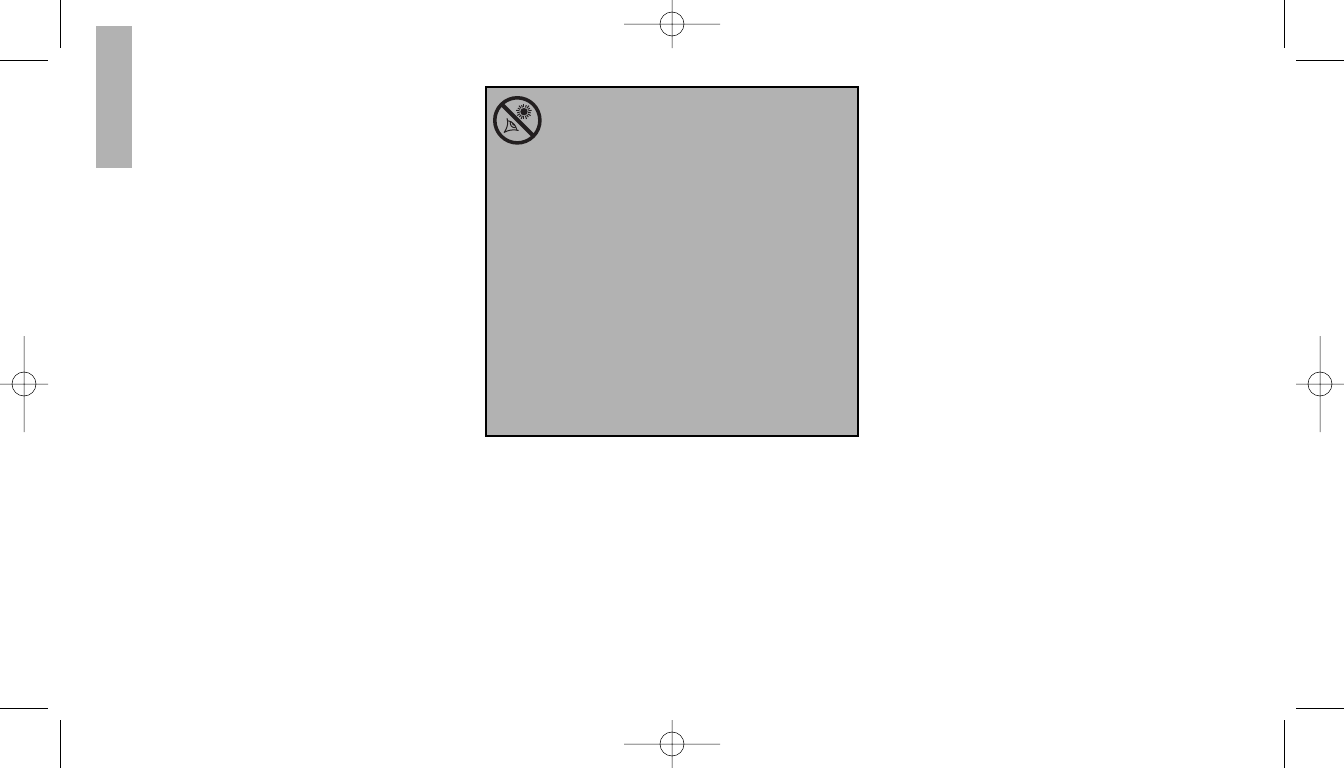
3. Check this alignment at night on a
celestial object, such as the Moon or a
bright star, and use the viewfinder’s
alignment screws to make any
necessary refinements.
UNDERSTANDING CELESTIAL MOVEMENTS
AND COORDINATES
Understanding where to locate celestial
objects and how those objects move across
the sky is the key to enjoying the hobby of
astronomy. Most amateur astronomers
Loosen the latitude adjustment lock
(9, Fig. 6) so you can move the mount
to the desired position.
3. Re-tighten the latitude adjustment
lock to secure the mount in place.
ATTACH THE OPTICAL TUBE TO THE MOUNT
1. Lay the optical tube (12) with cradle rings
(14) onto the saddle plate (13) (See Fig. 6).
2. Tighten the cradle ring attachment lock
knob (36) to a firm feel.
ALIGN THE RED DOT VIEWFINDER
Perform the first part of this procedure
during the daytime and the last step
at night.
1. Point the telescope at an easy-to-find
land object such as the top of a telephone
pole or a distant mountain or tower. Look
through the eyepiece and turn the focuser
knob (31) until the image is sharply
focused. Center the object precisely in the
eyepiece’s field of view.
2. Look through the red dot viewfinder. Turn
one or more of the viewfinder’s alignment
screws (34, Inset B) until the red dot is
precisely over the same object as you
centered in the eyepiece.
practice "star-hopping" to locate celestial
objects. They use star charts or
astronomical software to identify bright
stars and star patterns as "landmarks"
in their search for astronomical objects.
Another technique for locating objects is
to use the setting circles that are provided
on your telescope.
UNDERSTANDING HOW CELESTIAL
OBJECTS MOVE
Due to the Earth's rotation, celestial bodies
appear to move from East to West in a
curved path through the skies.
All stars and celestial objects are mapped
onto an imaginary sphere surrounding the
Earth. This mapping system is similar to the
system of latitude and longitude on Earth
surface maps.
In mapping the surface of the Earth, lines
of longitude are drawn between the North
and South Poles and lines of latitude are
drawn in an East-West direction, parallel
to the Earth's equator. Similarly, imaginary
lines have been drawn to form a latitude
and longitude on the celestial sphere.
These lines are known as
R
R
i
i
g
g
h
h
t
t
A
A
s
s
c
c
e
e
n
n
s
s
i
i
o
o
n
n
and
D
D
e
e
c
c
l
l
i
i
n
n
a
a
t
t
i
i
o
o
n
n
.
.
SUN WARNING!
NEVER USE YOUR TELESCOPE
TO LOOK AT THE SUN!
LOOKING AT OR NEAR THE SUN WILL
CAUSE INSTANT AND IRREVERSIBLE
DAMAGE TO YOUR EYE. EYE DAMAGE IS
OFTEN PAINLESS, SO THERE IS NO
WARNING TO THE OBSERVER THAT
DAMAGE HAS OCCURRED UNTIL IT IS TOO
LATE. DO NOT POINT THE TELESCOPE OR
ITS VIEWFINDER AT OR NEAR THE SUN.
DO NOT LOOK THROUGH THE TELESCOPE
OR ITS VIEWFINDER AS IT IS MOVING.
CHILDREN SHOULD ALWAYS HAVE ADULT
SUPERVISION WHILE OBSERVING.
6
Meade80EQ-AR 4/28/06 9:55 AM Page 8


















